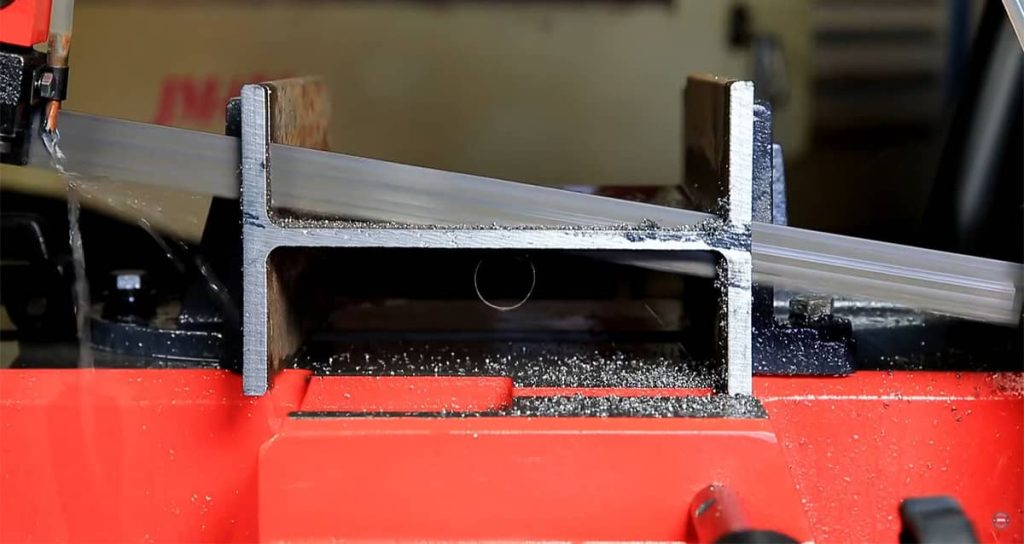Metalworking fluids (MWF) are critical in machining processes, serving as both coolants and lubricants to improve precision and extend tool life. These fluids reduce heat buildup and friction, ensuring that tools and workpieces remain in optimal condition. Whether you’re cutting, grinding, or drilling, the right MWF fluid enhances efficiency, promotes cleaner cuts, and protects your investment in equipment.
Types of Metalworking Fluids
Here are the primary types of MWF fluids and their characteristics:
- Semi-Synthetic Fluids:
- Mix of 5–30% oil with water for balanced cooling and lubrication.
- Excellent rust resistance and contamination control.
- Synthetic Fluids:
- Free of oil, using detergent-like components for superior cooling.
- Highly resistant to bacterial contamination.
- Soluble Oils:
- High oil content combined with water, ideal for general-purpose machining.
- Delivers effective lubrication and moderate cooling.
- Straight Oils:
- Pure oil for heavy-duty lubrication.
- Best for tough cutting tasks but lacks effective cooling.

Why MWF Fluids Are Essential
MWF fluids play a pivotal role in machining operations. By reducing friction and dissipating heat, they prevent wear and tear on tools and ensure consistent performance. Using the wrong fluid—or neglecting it altogether—can lead to overheating, material damage, and reduced productivity. Selecting the right type of MWF fluid for your application is essential to achieving optimal results.
Benefits of Using MWF Fluids
Incorporating high-quality MWF fluids into your processes brings the following advantages:
- Prolongs tool life by minimizing wear and tear.
- Ensures cleaner, more precise cuts with less effort.
- Prevents overheating and material distortion.
- Reduces overall maintenance and replacement costs.
Comparison of Metalworking Fluids
| Type | Composition | Cooling Efficiency | Lubrication | Best Applications |
|---|---|---|---|---|
| Semi-Synthetic Fluids | Oil and water mix | High | Moderate | General-purpose machining |
| Synthetic Fluids | Oil-free, detergent-based | Excellent | Low | High-speed cutting, grinding |
| Soluble Oils | High oil, water-soluble | Moderate | High | Multi-purpose cutting tasks |
| Straight Oils | Pure oil | Low | Excellent | Heavy-duty machining, drilling |
Maintenance Tips for MWF Fluids
To ensure MWF fluids deliver maximum performance:
- Clean machines regularly to remove debris and contaminants.
- Monitor fluid dilution ratios for optimal performance.
- Replace degraded or contaminated fluids promptly.
- Apply fluids directly to cutting surfaces for better efficiency.

Unlock Precision with MWF Fluids
Metalworking fluids are an essential tool in any machinist’s arsenal. From improving cut quality to extending the life of tools, MWF fluids provide a cost-effective way to enhance machining operations. Whether you rely on synthetic fluids for high-speed tasks or straight oils for heavy-duty applications, choosing the right type and following best practices will help you achieve unparalleled results.
Test Your Knowledge: The Importance of Bandsaw Cutting Fluid in Metalwork
Cutting fluid plays a vital role in metalworking, improving blade longevity, reducing heat, and ensuring cleaner cuts. But how well do you understand its impact? Take the quiz on SawBladeUniversity to test your knowledge and discover key insights into selecting and using the right cutting fluid for your bandsaw operations. Whether you’re a professional or just getting started, this quiz will sharpen your understanding and enhance your metal-cutting efficiency. Take the quiz now!
Explore Steel Classification: A Guide for Engineers
Understanding the nuances of steel classification is essential for selecting the right material in engineering projects. Whether you’re working with plain carbon steel, stainless steel, or alloy steel, knowing how each type is categorized can dramatically improve project outcomes. Our article, “Steel Classification: A Guide for Engineers,” simplifies complex classification systems and provides practical insights for material selection. Don’t miss this opportunity to enhance your knowledge and make informed decisions. Read the article now!
Explore the potential of MWF fluids in your operations today and experience the difference in quality and performance!










